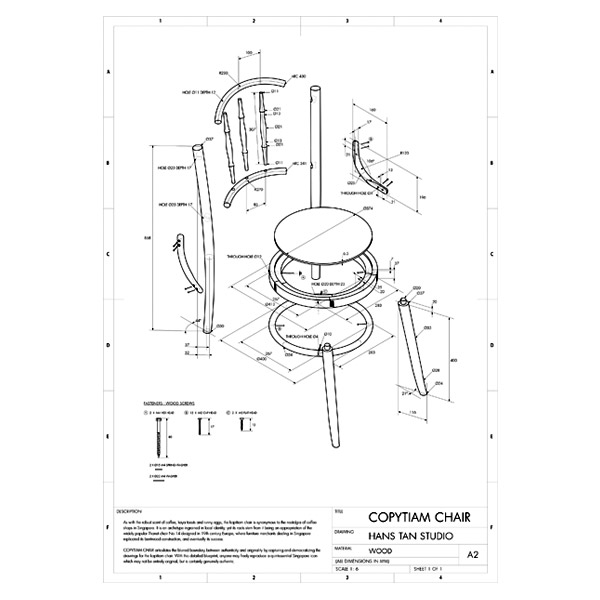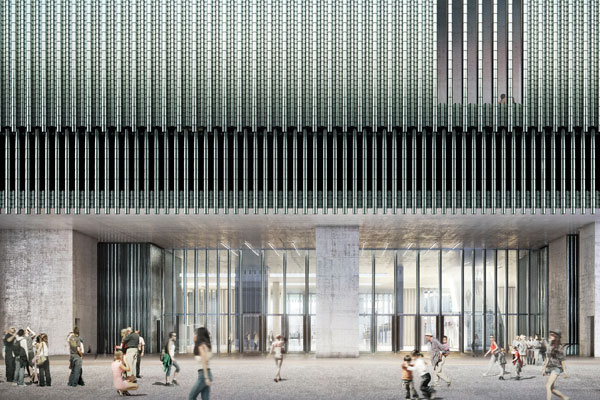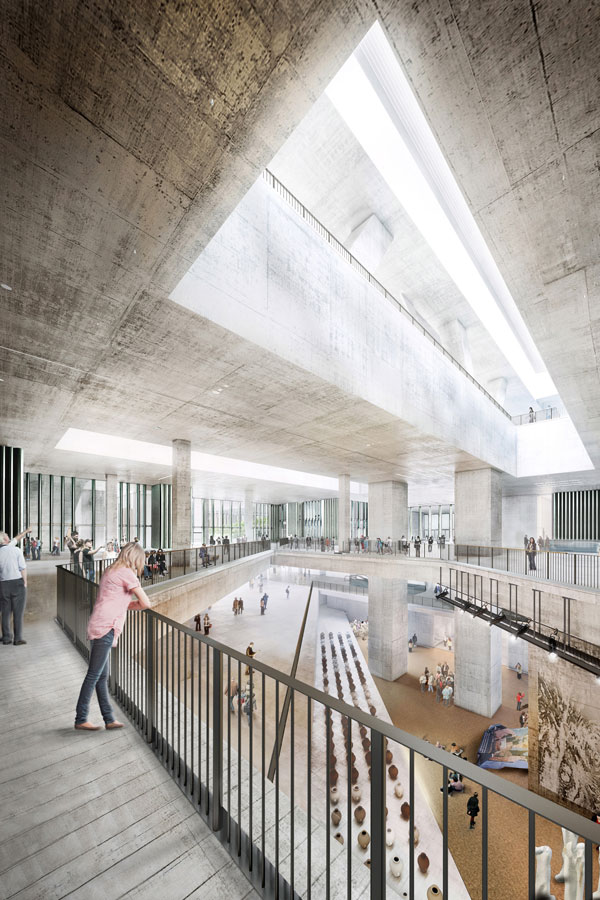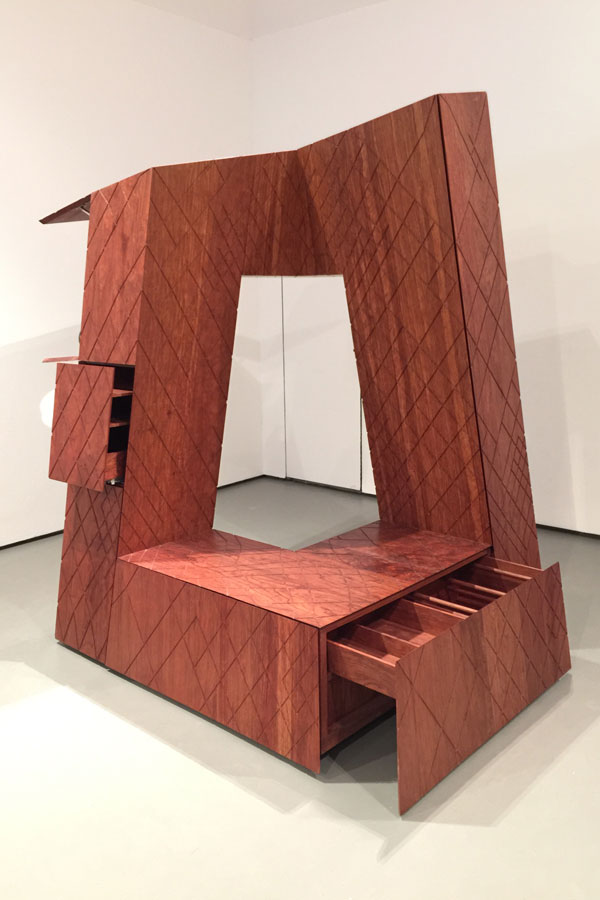A discussion hosted by Hong Kong’s M+ museum in Milan during design week explored the complex territory of copying and its potential to serve as a generative creative force. Narelle Yabuka reports.

indesignlive.sg
May 4th, 2016
Top image: The M+ Matters speakers (from left) Ikko Yokoyama, Sam Jacob, Brendan Cormier, Rossana Hu, Naihan Li and Aric Chen. Photo by Delfino Sisto Legnani Studio
On 14 April, Milan’s intricately decorated eighteenth-century Palazzo Clerici (Clerici Palace) was the stage for the first international edition of M+ Matters – the talk series initiated by M+ back in 2012. The intent of the session, titled Copies Without Borders: Imitation as Innovation, was to discuss alternative ways of exploring copying as a generative act that produces both frictions and new potentials as it migrates across geographic borders.
Co-moderator Aric Chen (Lead Curator of Design and Architecture at M+) opened the session. The issue of intellectual property and copyright arose during the industrial revolution, he suggested, when ‘content’ found itself in fewer controlling hands. He referenced historic and contemporary examples of copying, including designer Hans Tan’s Copy-tiam Chair of 2012 (a set of open-source drawings for the common Singaporean kopitiam chair – itself an appropriation of Thonet’s No. 14 chair) and artist Hao Zhenhan’s Imitation project of 2013 (which focused on China’s culture of imitation goods, and the potentials for creativity that lie within it).

Designer Hans Tan invites anyone to download this drawing of the Copy-tiam Chair from his website
Brendan Cormier, Lead Curator of Design for the Shekou Project at the Victoria and Albert Museum, has spent some months researching ‘unidentified acts of design’ in the Pearl River Delta region. He discussed the long history of the copy in objects that emerged from the global trade patterns of the sixteenth and seventeenth centuries – in Delftware that was copied from Chinese porcelain, for example. Aside from being developed for economic gain, copies have also played an educational role, he suggested – for example in the nineteenth-century plaster-cast copies of great architectural works that were presented in museums. And in a more recent example, he cited the emergence of a globally sought-after mobile phone for older users (with large buttons and an SOS function), which was created in Shenzhen – a locale more readily known for its knock-off phones, but also one with a very successful electronics industry.

The new M+ museum is slated to open in the West Kowloon Cultural District in 2019. Shown here: the main entrance. Image courtesy of Herzog & de Meuron and WKCDA
Sam Jacob, Principal of architectural and design practice Sam Jacob Studio, discussed the role the copy has played in culture as a site of learning and the production of new ideas. Equally, he said, in contemporary ways of working, ‘copy and paste’ is embedded in how we do things. Citing examples of ‘architectural doppelgangers’ such as a copy of St Peters Basilica in the Ivory Coast, he suggested that it is not the copy itself that has significance, but how it changes the meaning of the original. The copy is not just a sterile dead-end, but can be something fertile, he said. He mentioned the surreal possibilities of digital technology and new manufacturing techniques.

Interior of the M+ building, showing the lobby and the ‘Found Space’. Image courtesy of Herzog & de Meuron and West Kowloon Cultural District Authority
Naihan Li, the Founder of design studio and workshop Naihanli&Co., presented some of her own work including I Am a Monument – her transformation of OMA’s CCTV Headquarters building into a timber wardrobe. With this work, Li explored what is ‘copyable’. She could locate drawings of only three sides of the building online, she revealed. Her process of making a ‘deliberate copy’ involved creating hand drawings that were then digitised and turned into models. The CCTV wardrobe is part of a larger collection of monuments shrunk and transformed by Li into utilitarian furniture pieces.

Naihan Li’s ‘CCTV wardrobe’ (part of her I Am a Monument series) is displayed in the exhibition Alamak! Design in Asia at the XXI Triennale International Exhibition Milan. Photo by Narelle Yabuka
Rossana Hu, Founding Partner of Neri&Hu Design and Research Office and Design Republic, discussed how her studio’s work (and even its name) has been copied. “We’ve never patented anything,” she said, adding that her studio tries to work faster than people can copy. In the panel discussion that followed, Hu mentioned how the next phase of copyright law will need to address open-source content.
Jacob pointed out the issue of moral judgement in relation to the copy, and how we see it in high contrast. The design industry has, in a way, shot itself in the foot, suggested Cormier, by producing goods that are unaffordable to many despite the broad historic goals that mass-produced designed objects should cater to the masses. “There is a nasty hypocrisy embedded in design,” he said.
Co-moderator Ikko Yokoyama (Curator of Design and Architecture at M+) raised the point that in the 1960s, many Japanese producers were labelled as copycats. “But the copies were better than the originals,” she said. Perhaps, she suggested, with new technologies, is will be possible for copies to be better and cheaper than the originals.
A searchable and comprehensive guide for specifying leading products and their suppliers
Keep up to date with the latest and greatest from our industry BFF's!

In the pursuit of an uplifting synergy between the inner world and the surrounding environment, internationally acclaimed Interior Architect and Designer Lorena Gaxiola transform the vibration of the auspicious number ‘8’ into mesmerising artistry alongside the Feltex design team, brought to you by GH Commercial.

Suitable for applications ranging from schools and retail outlets to computer rooms and X-ray suites, Palettone comes in two varieties and a choice of more than fifty colours.

Channelling the enchanting ambience of the Caffè Greco in Rome, Budapest’s historic Gerbeaud, and Grossi Florentino in Melbourne, Ross Didier’s new collection evokes the designer’s affinity for café experience, while delivering refined seating for contemporary hospitality interiors.

Neri&Hu inserted a dramatic courtyard into a rigid structure creating a moment of tranquillity at Alila Bangsar – a hotel sandwiched between Kuala Lumpur’s old and new.

Scandi design is having a moment. But what exactly is on the agenda at the most popular Scandinavian design show? Expect plenty of Nordic inspo alongside Guests of Honour that are set to bring an Eastern flavour – Neri&Hu.
The internet never sleeps! Here's the stuff you might have missed

From the trailblazer of Spanish industrial design comes a new collection of recycled rugs – a powerful exploration of the concept of waste, a keen celebration of imperfection, and a new underfoot symbol of responsible design.

Caring for our mental health is paramount these days and architecture and design can lead the way as Hassell shows in its latest project in Queensland.